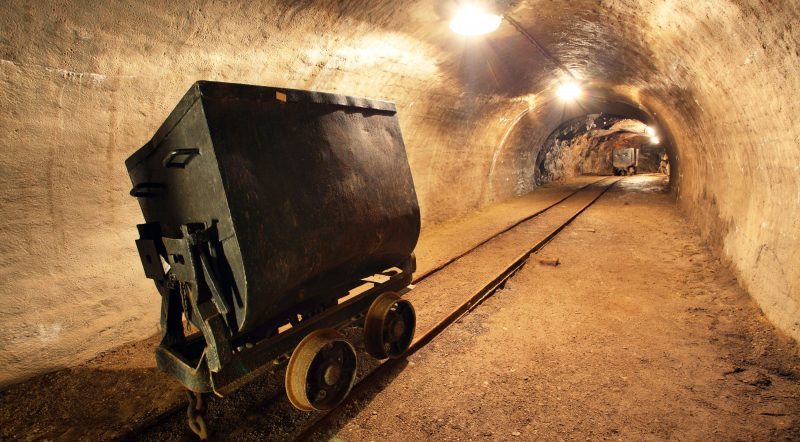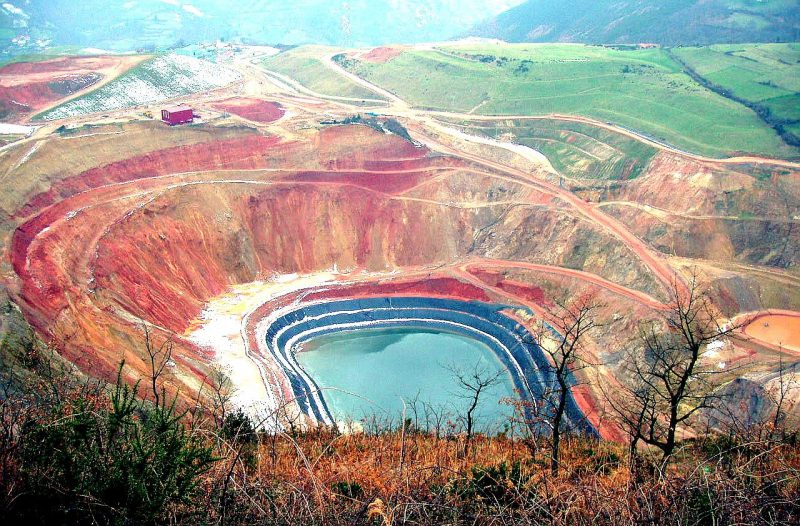Gold is a chemical element with the characteristics of a metal, which is present in the earth's crust in a scarce quantity and has a yellowish and shiny hue. It is one of the most precious elements in the entire world, precisely because of its non-abundant condition and also because it is one of the elements that is most used to produce jewelry such as rings, chains, bracelets and crowns.
About three-quarters of the world 's gold production is consumed in jewelry, although there are also industrial applications (especially electronics) and some medical or coinage applications.

Where does gold come from?
Gold has a magmatic origin , which means that it is found inside the earth at a great depth that makes the geothermal energy even higher than the melting point of this material. However, the enormous pressure of the underlying rock load prevents it from reaching the molten state.
When the magma rises to the surface, a magmatic differentiation takes place, which produces hot and supersaturated solutions that approach the surface and upon cooling deposit the minerals that they bring in solution: these are the hydrothermal minerals that move, originating the deposits of gold.
Natural state and transformations
The state of gold in nature is generally isolated, although sometimes it is mixed with mercury or silver, or in minerals such as calaverite, sylvanite or nagyagite. In underground or open pit mines where gold is found, there is never more than 5% gold per tonne of rock.
Gold refining methods are generally associated with washing and filtering at the mine, then being sent to the mill where it is ground into smaller particles with water. The final step is to pulverize the ore by grinding it again.
Most of the processes that seek to separate gold from ore use cyanide in different ways. A weak cyanide solution with zinc forms a chemical reaction that separates the gold from the ore, from which the gold is then removed using a filter press.
In other cases, the separation occurs with a coal paste, while finally there is leaching, where the ore is placed in pads in the open air and only then is it sprayed with cyanide. This method takes longer to separate the gold, but it is cheaper and can be more effective.

The Central Banks of the countries also use gold as a store of value, reaching a total of 165,000 tons of gold between all of them. The Central Bank of the United States has 8,965 tons of gold, while that of Germany has 3,747, being the two sovereign nations that possess the most: the European Union as a whole, on the other hand, exceeds them reaching 10,792 tons of gold.
